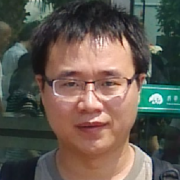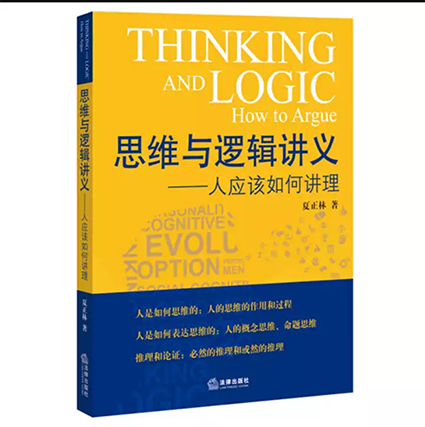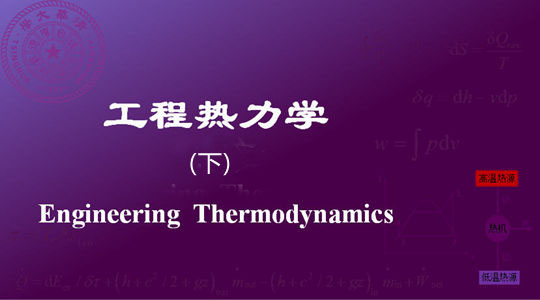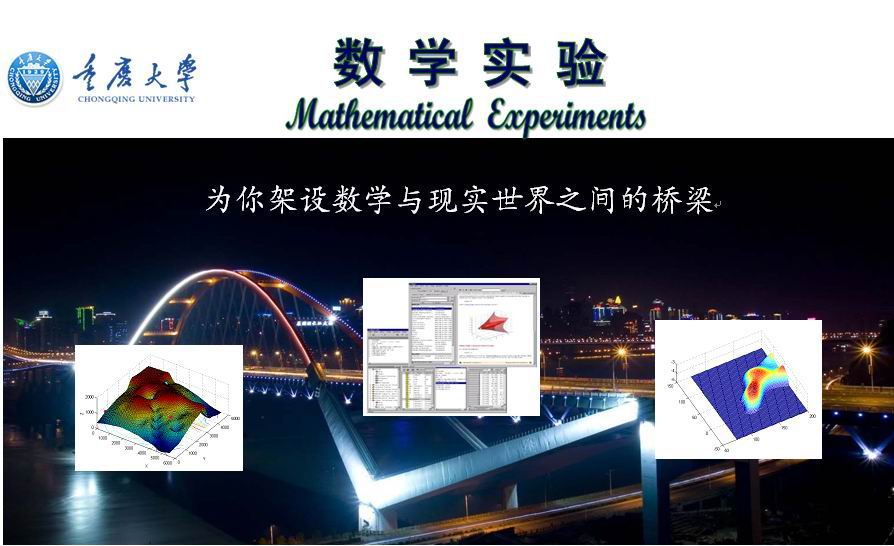
Embedded Software Design课程:前往报名学习
Embedded software design is a major course of computer, software engineering and other subjects. It is an important course with strong practicality and technicality. The main task of this course is to comprehensively introduce the thoughts and methods of GNU C programming language based on ARM/Embedded Linux operating system. Through the study of this course, students can master the basic process and method of embedded software design.
开设学校:大连理工大学;学科:计算机、
Embedded software design is a major course of computer, software engineering and other subjects. It is an important course with strong practicality and technicality. The main task of this course is to comprehensively introduce the thoughts and methods of GNU C programming language based on ARM/Embedded Linux operating system. Through the study of this course, students can master the basic process and method of embedded software design.
-1.1 The Overview of Embedded System
--1.1 The Overview of Embedded System
--1.1 The Overview of Embedded System
-1.2 The Overview of Embedded Software Design
--1.2 The Overview of Embedded Software Design
--1.2 The Overview of Embedded Software Design
-Chapter 1 test Overview
-2.1 Software Architecture
-2.2 The Object Orientation of C
--2.2 The Object Orientation of C
--2.2 The Object Orientation of C
-2.3 Chinese Character Processing
--2.3 Chinese Character Processing
--2.3 Chinese Character Processing
-2.4 Screen Operation
-2.5 Input Event
-Chapter 2 test Overview of Embedded C Programming
-3.1 The Thought of Code Optimization
--3.1 The Thought of Code Optimization
--3.1 The Thought of Code Optimization
-3.2 Data Type Selection for Variable
--3.2 Data Type Selection for Variables
--3.2 Data Type Selection for Variable
-3.3 Optimizing a Loop Executed in a Fixed Number of Times
--3.3 Optimizing a Loop Executed in a Fixed Number of Times
--3.3 Optimizing a Loop Executed in a Fixed Number of Times
-3.4 Optimizing a Loop Executed in an Unfixed Number of Times
--3.4 Optimizing a Loop Executed in an Unfixed Number of Times
--3.4 Optimizing a Loop Executed in an Unfixed Number of Times
-3.5 Loop Unrolling
-3.6 Pointer Aliasing
-3.7 Struct
-Chapter 3 ARM C Program Optimization
-4.1 The Introduction to Linux
--4.1 The Introduction to Linux
--4.1 The Introduction to Linux
-4.2 The shell of Linux
-4.3 The Basic Operations of Linux
--4.3 The Basic Operations of Linux
--4.3 The Basic Operations of Linux
-4.4 The Network Commands of Linux
--4.4 The Network Commands of Linux
--4.4 The Network Commands of Linux
-Chapter4 The Linux Operating System
-5.1 The Overview of the Toolchain
--5.1 The Overview of the Toolchain
--5.1 The Overview of the Toolchain
-5.2 Editor vi
-5.3 The Overview of gcc
-5.4 The Usage of gcc
-5.5 The Introduction to gdb
-Section 5-1 test Linux C Programming Toolchain
-5.6 The Working Principle of Makefile
--5.6 The Working Principle of Makefile
--5.6 The Working Principle of Makefile
-5.7 Makefile Instance Analysis
--5.7 Makefile Instance Analysis
--5.7 Makefile Instance Analysis
-5.8 Makefile Design
-5.9 A Comprehensive Instance of Makefile
--5.9 A Comprehensive Instance of Makefile
--5.9 A Comprehensive Instance of Makefile
-Chapter 5-2 test Makefile
-6.1 Linux-based Embedded Platform
--6.1 Linux-based Embedded Platform
--6.1 Linux-based Embedded Platform
-6.2 BootLoader
-6.3 Application Design Process
--6.3 Application Design Process
--6.3 Application Design Process
-Chapter 6 test Construction of Embedded Software
-7.1 The Attributes of Files
-7.2 File Operation
-7.3 Examples of File Operation
--7.3 Examples of File Operation
--7.3 Examples of File Operation
-7.4 The Operations on Directories
--7.4 The Operations on Directories
--7.4 The Operations on Directories
-7.5 Obtaining a Directory List
--7.5 Obtaining a Directory List
--7.5 Obtaining a Directory List
-7.6 Memory Mapping
-7.7 An Example of Memory Mapping
--7.7 An Example of Memory Mapping
--7.7 An Example of Memory Mapping
-Chapter 7 test File Directory and Memory
-8.1 Process Creation
-8.2 The Way to Start a Program in a Process
--8.2 The Way to Start a Program in a Process
--8.2 The Way to Start a Program in a Process
-8.3 Waiting for a Process to End
--8.3 Waiting for a Process to End
--8.3 Waiting for a Process to End
-8.4 The Introduction to Threads
--8.4 The Introduction to Threads
--8.4 The Introduction to Threads
-8.5 An Example of Multithreading Programming
--8.5 An Example of Multithreading Programming
--8.5 An Example of Multithreading Programming
-8.6 Thread Synchronization
-8.7 The Attribute of a Thread
--8.7 The Attribute of a Thread
--8.7 The Attribute of a Thread
-Chapter 8 test Processes and Threads
-9.1 The Introduction of Signals
--9.1 The Introduction of Signals
--9.1 The Introduction of Signals
-9.2 Sending and Capturing Signals
--9.2 Sending and Capturing Signals
--9.2 Sending and Capturing Signals
-9.3 A More Robust Signal Programming Interface
--9.3 A More Robust Signal Programming Interface
--9.3 A More Robust Signal Programming Interface
-9.4 Signal Set Processing
-Chapter 9 test Signals
-10.1 Unnamed Pipe
-10.2 Named Pipe
-10.3 Semaphore Introduction
-10.4 An Example of Semaphores
--10.4 An Example of Semaphores
--10.4 An Example of Semaphores
-10.5 The Introduction to Shared Memory
--10.5 The Introduction to Shared Memory
--10.5 The Introduction to Shared Memory
-10.6 An Example of Shared Memory
--10.6 An Example of Shared Memory
--10.6 An Example of Shared Memory
-10.7 The Introduction to Message Queues
--10.7 The Introduction to Message Queues
--10.7 The Introduction to Message Queues
-10.8 An Example of Message Queue
--10.8 An Example of Message Queue
--10.8 An Example of Message Queue
-Chapter 10 test Interprocess communication
-11.1 Socket Introduction
-11.2 A Socket Programming Example
--11.2 A Socket Programming Example
--11.2 A Socket Programming Example
-11.3 The Interface Functions of Sockets
--11.3 The Interface Functions of Sockets
--11.3 The Interface Functions of Sockets
-11.4 Network Socket
-11.5 Access the System Service
--11.5 Access the System Service
--11.5 Access the System Service
-11.6 Multi-Client Programming
--11.6 Multi-Client Programming
--11.6 Multi-Client Programming
-Chapter 11 test Sockets
-12.1 The Introduction to Kernel Modules
--12.1 The Introduction to Kernel Modules
--12.1 The Introduction to Kernel Modules
-12.2 The Design of Kernel Modules
--12.2 The Design of Kernel Modules
--12.2 The Design of Kernel Modules
-12.3 The Introduction to Linux Device Drivers
--12.3 The Introduction to Linux Device Drivers
--12.3 The Introduction to Linux Device Drivers
-12.4 The Important Data Structures of Drivers
--12.4 The Important Data Structures of Drivers
--12.4 The Important Data Structures of Drivers
-12.5 An Instance of a Virtual Character Device Driver
--12.5 An Instance of a Virtual Character Device Driver
--12.5 An Instance of a Virtual Character Device Driver
-Chapter 12-1 test Module and Driver
-12.7 Interrupt Key Driver Program
-Chapter 12-2 test The Example of Driver
-Final exam
大连理工大学软件学院副教授,博士,硕士生导师,“宝钢教育”优秀教师奖获得者,研究方向为嵌入式系统、聚类分析与缺失数据填补。 教学方面,从2014年开始慕课研究,在“中国大学MOOC”上线《计算机组织与结构》课程,选课情况良好;先后主持国家级教改与课程建设项目2项,省部级项目11项,校级项目10余项,承担教学经费累计100余万;发表教学论文30余篇,CSSCI收录1篇;出版教材7部,获评辽宁省“十二五”规划教材一部;主持辽宁省精品资源共享课1门,大连理工大学优秀课程1门;研发两套在线课程软件支撑工具入选“2017中国大学在线课程支撑工具发展报告”;在国内各级教学研讨会做慕课建设及在线工具设计特邀报告6次;获得各级教学奖励30余次 科研方面,先后参与863、973、国家自然科学基金、重大研发计划、横向课题多项,累计承担经费100余万;发表学术论文30余篇,SCI/EI收录20余篇;获授权国家发明专利7项、计算机软件著作权20余项;获辽宁省技术发明三等奖1次,大连市优秀学术论文二等奖1次。
大连理工大学开发区校区外语教育中心教师,主讲雅思国际测试、英文写作等多门课程,主要研究方向为交叉学科视角下的语言学与语言教学研究,参加多次教学比赛,先后获得“教学之星”大赛全国一等奖、辽宁省微课教学比赛一等奖、辽宁省教育教学信息化大赛一等奖、辽宁省英语微课比赛一等奖、大连理工大学教学质量优秀奖等。工作十多年来,始终坚持教学改革与创新,不断完善教学内容和教学方法,视课堂为舞台,与同学们共同走过一段人生历程。有任何问题,记得联系我哦:[email protected]
工学博士,控制科学与工程博士后,大连理工大学副教授,博士生导师。一直专注水电调度、清洁能源消纳、多能互补、电力市场等方面的研究与开发,主持国家自然科学基金(青年和面上)、中国博士后基金特别资助等课题10项、省部级和校级教改基金2项, 发表论文90余篇(1作和通讯60余篇),SCI 20余篇、EI 90篇,授权发明专利9项、软件著作权12项,入选辽宁省百千万人才工程、大连市青年科技之星、大连理工大学首批“星海学者”人才培养计划,是全国高等学校水利类优秀研究生学位论文指导教师,获省部级一等奖4项、二等奖2项。





